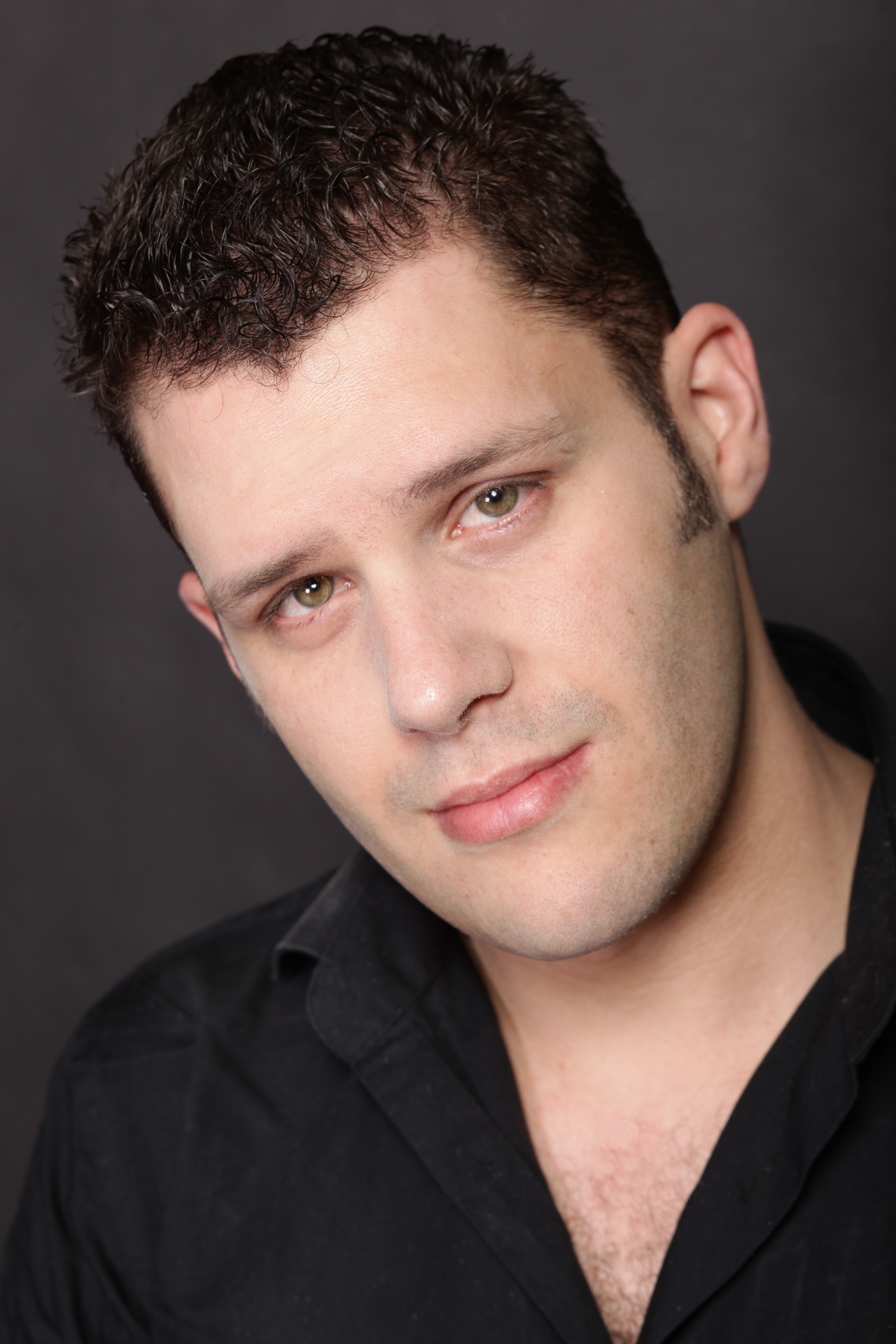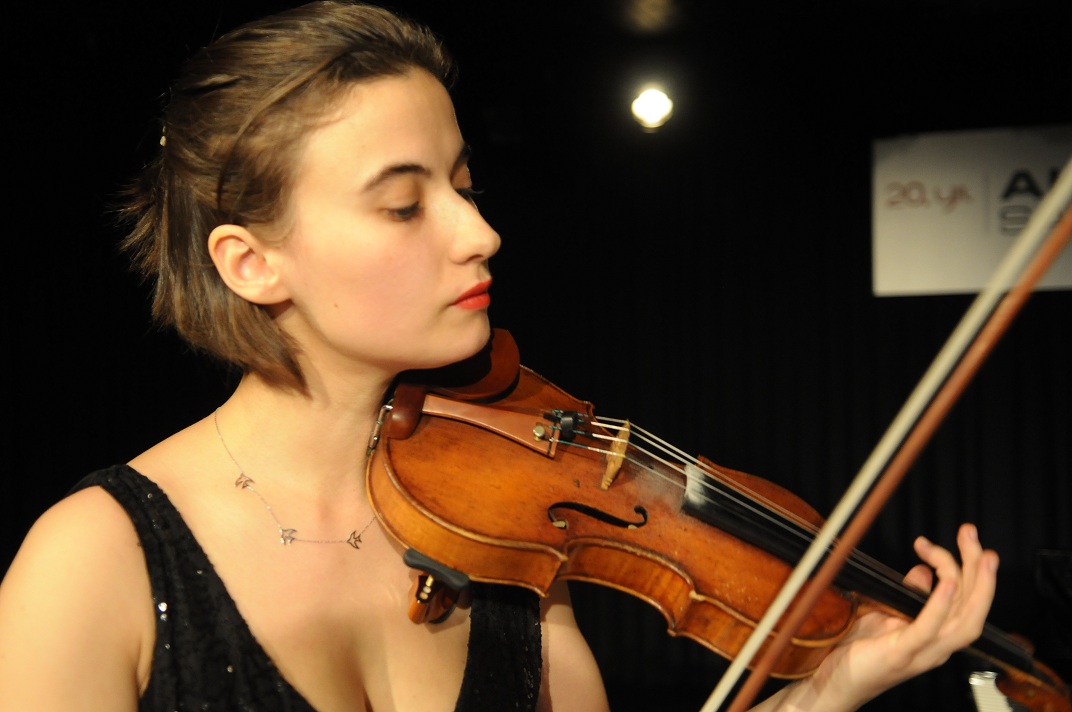Christ Church, St Leonards, Saturday 2 July 2016
Most of us know Marcio da Silva as the conductor of Hastings Philharmonic Choir and of the splendid job he has done with them. Many of us are also aware – with memories of O Holy Night – that he has a fine baritone voice – but this was the first opportunity I had had to hear him in concert.
I was, however, in for something of a surprise as the whole of the first half was given over to Aysen Ulucan and Frances Rayner, opening with Berg’s early setting of Die Nachtigall. Aysen Ulucan has a large soprano voice which easily filled the church with its warm and resonant acoustic. She was a little hesitant at first but by the time we had got into Wolf’s Das Verlassene Magdalen and even more so in Schubert’s Gretchen am Spinnrade she was well focused and dramatically impressive.
Francis Rayner is a fine pianist. I need to say this because one of the problems of frequently accompanying soloists or choirs is that the quality of the individual artist is too easily lost. Here we were able to judge for ourselves his sensitivity and finesses of line as he gave us two Intermezzi by Brahms and the composer’s familiar Rhapsody in G minor. The flowing romanticism and power he brought to the reading was impressive and moving.
The first half ended with Aysen Ulucan returning to the platform but this time with her violin to perform Brahms’ Violin Sonata No3 in D minor. The four movements are full bloodied and forceful, the richness of sound often being a little lost in the close acoustic, but the double stopping in the second movement was impressive and the nervous energy of the third movement well caught.
The second half was given over to Robert Schumann with Frances Rayner returning to play his Das Abends and the Romanze No2 Op28. Here we had a different sound world and the Bechstein seemed to come into its own even more than it had with the Brahms. The light and clarity of the Schumann shone through and this was also the quality he brought to Dichterliebe which made up the rest of the programme and brought Mario da Silva to the platform.
The cycle may start with some sense of confidence but it rapidly becomes melancholic until we are faced with the same sort of despair we find in Schubert’s Winterreise. The brief enthusiasm of Die Rose, die Lilie does not last, soon transformed into the passion of Das ist ein Floten or the pain of Hor’ ich das Leidchen klingen. As the work progresses, the postludes for piano get ever longer, and Frances Rayner made much of these. Marcio da Silva’s delivery of the text was cleanly focussed and his warmth of tone made the desolation of the text ever more painful.
It was a pity that the technology seemed to have a mind of its own. The screen with the surtitles worked very well for the first half of the cycle but then decided to turn itself off, unseen to the person changing the slides. A pity, for the system was far better than having a printed text which means that most of the audience are buried in it rather than watching the singer. Marcio hopes there will be another concert next year. We can only hope he is right and that the technology will match the music!



